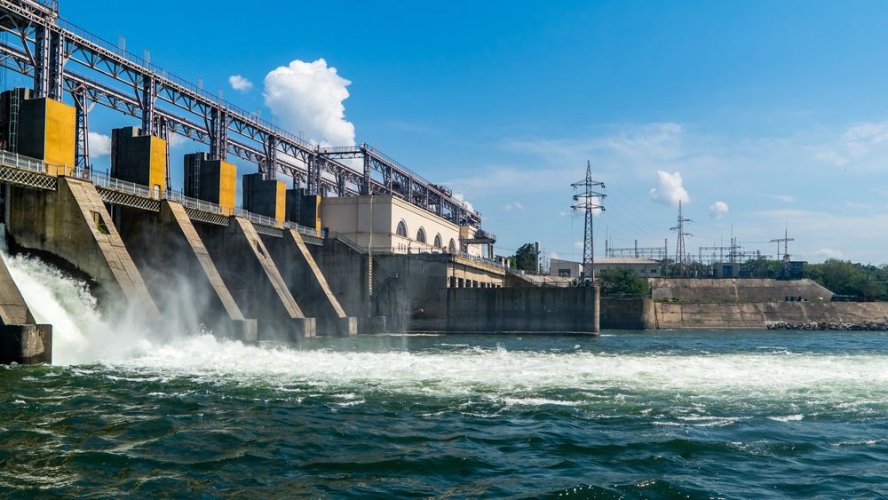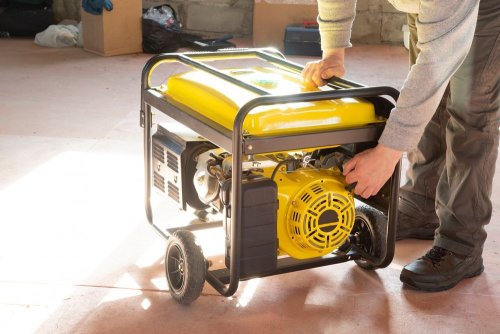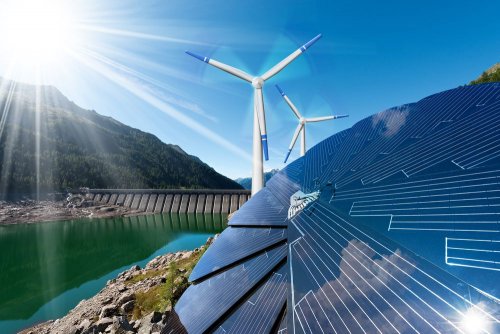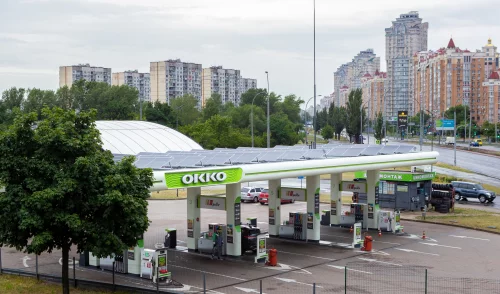At the Dniester HPP in July 2022, electricity production decreased by 43% compared to the same period in 2021 due to low water content.
However, Ukrhydroenergo provided the necessary ecological discharges to the lower BIF from the Dniester reservoir, reports Ukrhydroenergo.
For 28 days in July 2022, the inflow to the Dniester reservoir was equal to 64 m3/s, which is only 19% of the monthly norm and 99% of supply.
According to Ukrhydrometeorological center, this is the lowest average value of water inflow in July for the entire period of operation of the Dniester reservoir since 1985.
"During the last decade of July, the average daily inflow of water to the Dniester Reservoir decreased by more than three times compared to the average values for many years," the report said.
In order to ensure compensatory releases of water into the lower reservoir of the Dniester Reservoir at a level of at least 110 m3/s, Ukrhydroenergo formed its appropriate trading strategy on the electricity market.
"In connection with the natural phenomena of drought and low water, the company has adjusted its trading strategy, as the most important thing is to ensure sanitary discharge and save water resources," said Bohdan Sukhetsky, deputy general director for commercial activities.
Also, according to the information of Ukrhydrometeorological center, taking into account the long-term weather forecast, it is possible to expect the maintenance of a low inflow with a downward trend, which will lead to a decrease in electricity production at the Dniester HPP compared to previous years and a further decrease in levels in the Dniester reservoir to ensure minimum ecological discharges into the lower bief according to the Rules for the operation of reservoirs of the Dniester complex hydroelectric complex.
As EcoPolitic reported before, Ukrhydroenergo is studying technological possibilities for generation of green hydrogen on Dniprovska HPP.





